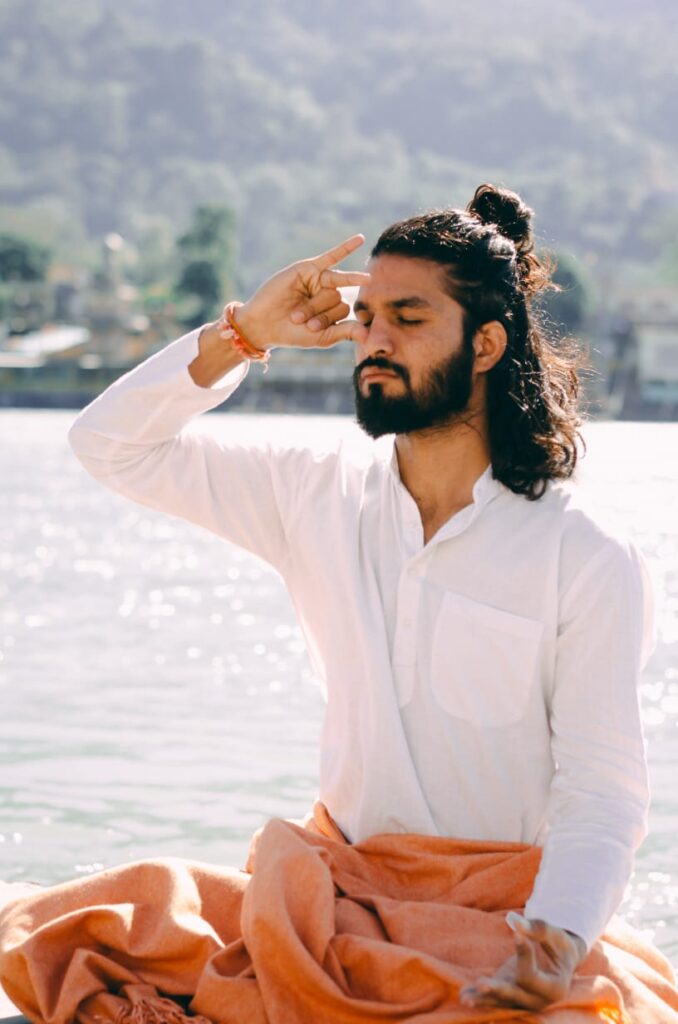Pranayama is a set of methods for controlling and directing the prana, or universal energy. It is an essential component of yoga, frequently utilised in conjunction with asana practise or as a warm-up for meditation.The name comes from a number of Sanskrit origins, including prana, which is the “vital life energy,” yama, which is “control,” and ayama, which is “extension” or “expansion.” The breath is a representation of prana, and pranayama is the conscious control of respiration in order to lengthen and expand the vital life force energy.
As the fourth limb of Patanjali’s ashtanga system, the well-known eight-limbed method of yoga, pranayama is also included. A prerequisite for the more advanced practises of pratyahara (withdrawal of the senses), dharana (concentration), and dhyana (meditation), which lead to the ultimate stage of samadhi, is pranayama, according to Patanjali’s Yoga Sutras (enlightenment).
Pranayam’s advantages
Research has started to back up this conventional wisdom. A 2018 study indicated that calm, attentive breathing (10 breaths per minute or less) was linked to enhanced comfort, relaxation, pleasantness, vigour, and alertness as well as decreased symptoms of agitation, anxiety, despair, wrath, and bewilderment. According to medical study, a focused breath practise can help reduce your heart rate and blood pressure as well as lighten your mood. You might experience a change in your energy levels, body temperature, or even your emotional condition while you practice pranayama.

